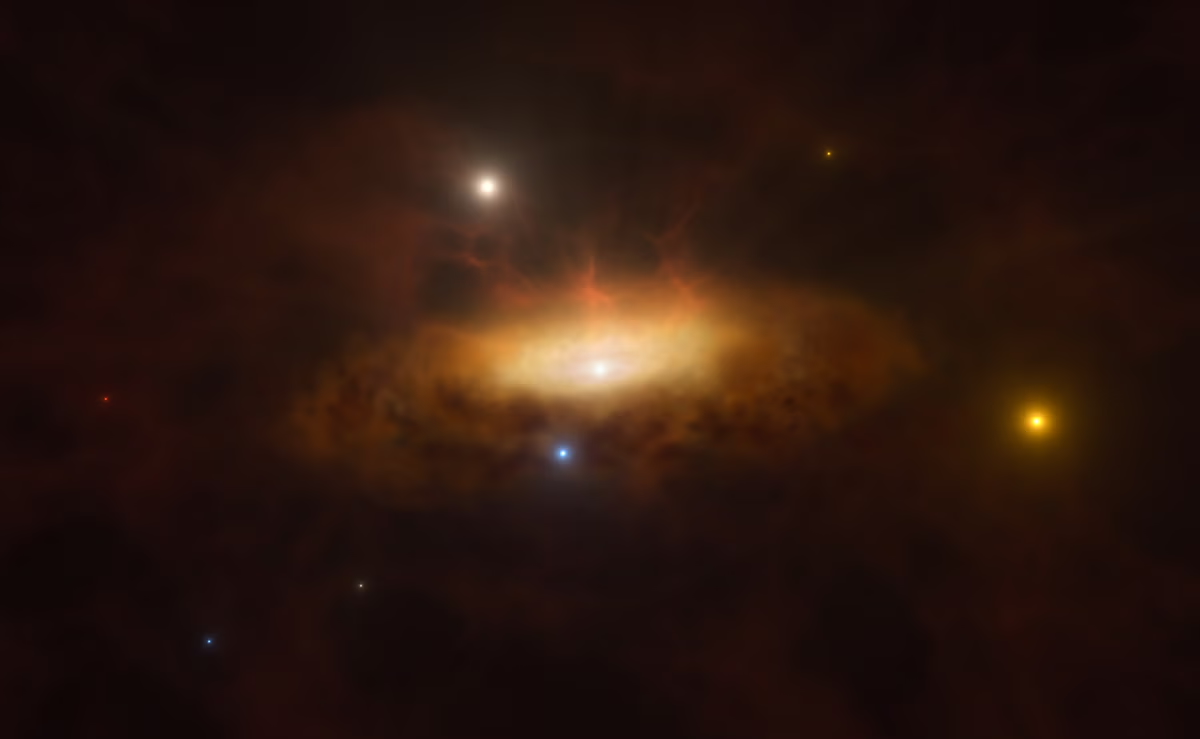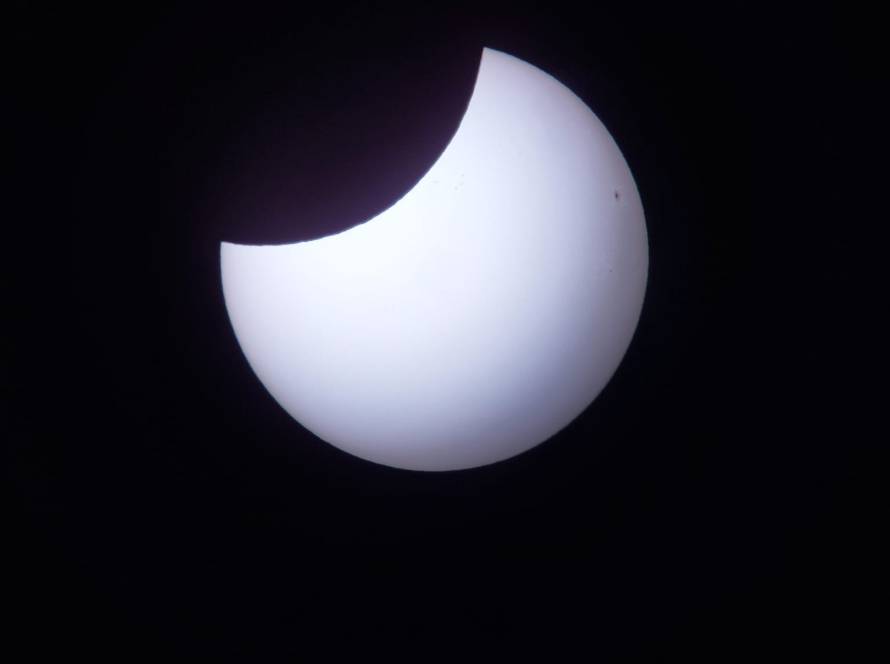Scientists from the Université Libre de Bruxelles (ULB) and the Royal Observatory of Belgium (ROB) are joining forces for the research project Ommegang. The project aims to discover minuscule black holes passing close to Earth.
Ommegang is an acronym for “Observing dark Matter and MEteoroids with Gravimeters ANd GNSS”. The technique attempts to detect mini black holes using data from GNSS positioning satellites such as GPS systems and gravimeters – which measure gravity.
Dark matter, which makes up almost a quarter of the universe, appears to hold galaxies together thanks to a gravitational component invisible to telescopes. Its composition is so far unclear.
According to a scientific hypothesis from the 1970s, these tiny black holes have a very large mass but are almost imperceptible because of their very weak gravity.
A study, recently published in the Physical Review D journal, suggests that if a mini black hole passes closer than the Earth-Moon distance to Earth – an event that happens at least once a decade – the orbits of satellites could be disrupted. It could also affect Earth’s gravitational field. So based on that data, these black holes could now be discovered.
“Ommegang brings together two complementary areas of expertise from our two institutes,” said cosmologist Sébastien Clesse of the ULB. “On the one hand, there is the ULB’s expertise in cosmology and fundamental physics, and on the other hand ROB’s expertise in GNSS and gravimetric data.”
Artist’s impression of a growing disc of material being pulled in by a black hole, from the European Southern Observatory (ESO), June 2024 © BELGA PHOTO M. Kornmesser / European Southern Observatory / AFP



